Finishing off the Guest Blogger series is my wonderful sister, a crafting diva, who is a huge source of inspiration to me. Everything she makes is adorable, and Maddie and Sammy are always the best-dressed kids around! Take a look at that hat Sammy is wearing in the image above, Kate made that! She has to have made over 20 hats now (all for Sammy), so if you are in the market for a baby hat, let me know and maybe I can convince her to start selling them!! Enjoy this great tutorial for a simple lace tank top. This would look so cute with my Lace Panties!! Thanks, Kate!!
_____________________________________________________________________
Lace Tank Tutorial
from Kate Johnson (my sis)
 I’ve been sewing my daughter Maddie lots of cute, reversible summer skirts with bright colors and busy patterns. The only problem is, it’s really hard to find a top to go with such colorful bottoms. I designed this simple tank to go along with her skirts, and realized it would be perfect and easy for an adult size too! I’ve gotten them down to about 20 minutes each, so I can make one to match any skirt. I’ve also used this same pattern for the top of a dress, and then attached a silk chiffon skirt to the bottom for a more dressy look. Enjoy!
I’ve been sewing my daughter Maddie lots of cute, reversible summer skirts with bright colors and busy patterns. The only problem is, it’s really hard to find a top to go with such colorful bottoms. I designed this simple tank to go along with her skirts, and realized it would be perfect and easy for an adult size too! I’ve gotten them down to about 20 minutes each, so I can make one to match any skirt. I’ve also used this same pattern for the top of a dress, and then attached a silk chiffon skirt to the bottom for a more dressy look. Enjoy!
Materials:
– Stretch lace – see panties tutorial for a great place to buy stretch lace- you will need enough to go around neckline and armholes- use tape measure to determine amount to purchase.
– Knit fabric or old tee-shirt- amount depends on size tank you are making
1. Draw out pattern (one front and one back). Take your favorite tank and simply trace the outline. A trick I use to outline the front neckline is I use my seam ripper or other sharp tool, and poke little holes all along curve, onto paper below, then connect dots with pen. After, add 1/2″ seam allowance everywhere except neckline and armhole (you will be adding lace here so no seam allowance is needed), and 1″ for bottom hem. I am making a toddler size in the pictures (click images to enlarge).
2. Cut out pattern. Test your knit fabric to see which way it stretches most, and cut out so that your width is stretchy (so when you put it over your shoulders it will stretch for you).
3. Cut lace for front and back neckline. On right side of knit, I like to pin the lace to raw edge of neckline with a slight stretch- not enough that your knit gathers but just enough ensure your lace will not bunch or sag. Sometimes I don’t even pin or cut, I just start sewing it on with a very slight stretch, then cut when I get to the edge.
4. Using a zigzag or stretch stitch, sew lace on to knit- once right along raw edge of knit and once right along edge of lace.
5. Right sides together, sew front to back at side seams of tank.
6. On right side of tank, pin lace to armhole, extending from front of tank to back in one long piece. Sew as in step #4. Repeat with other armhole.
7. Right sides together, sew front to back at shoulder seam, taking care to line up lace.
8. Press bottom raw edge 1/2 inch towards wrong side, then again, and hem. Or, do as I do and leave as raw edge! It’s for a 2-year-old, come on, no one will notice! Enjoy!
Filed under: Guest Blogger, Tutorials | 5 Comments »



























































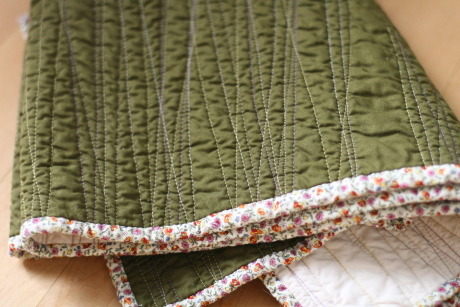
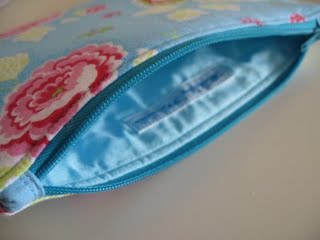

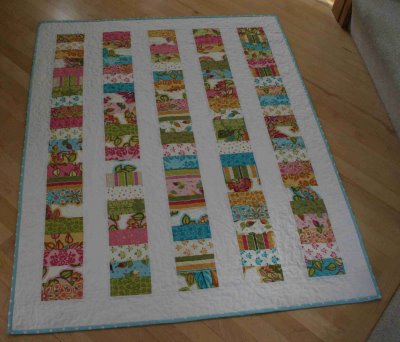
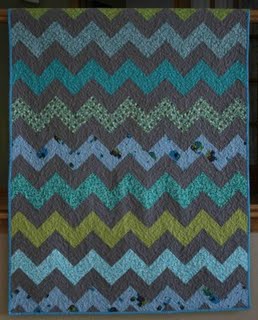
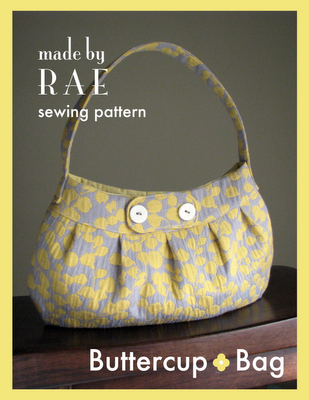

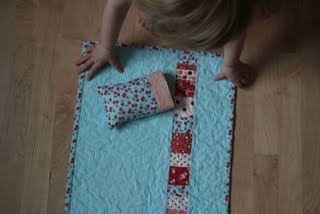

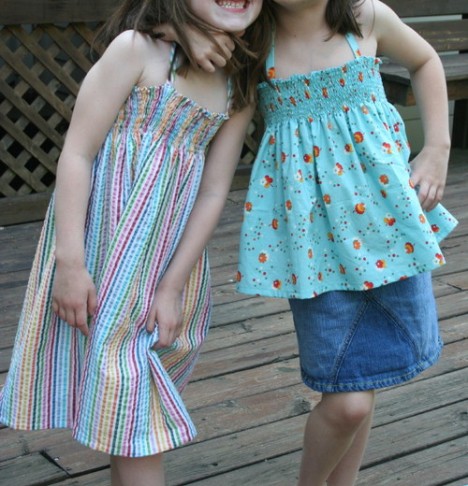

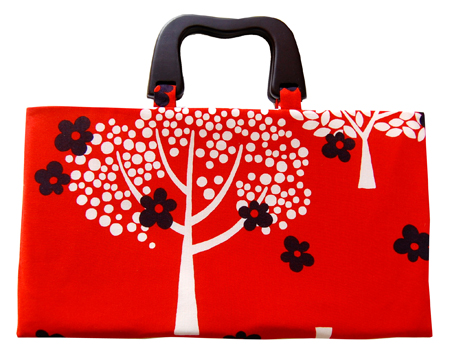

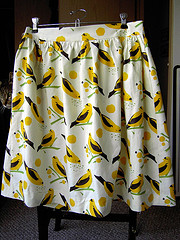

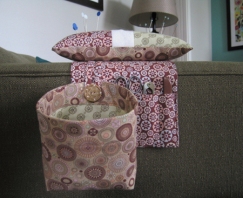

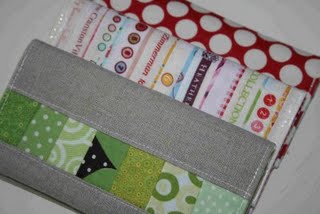

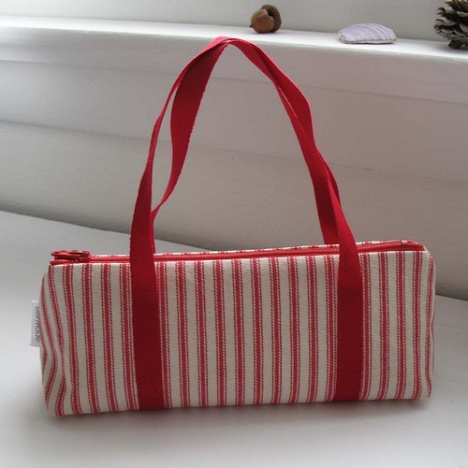
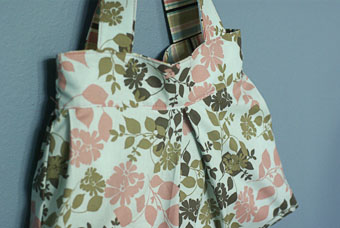
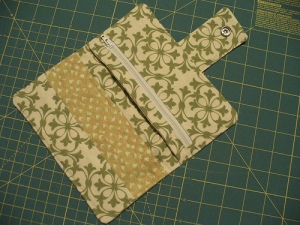
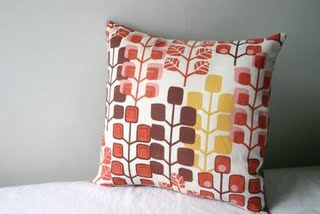
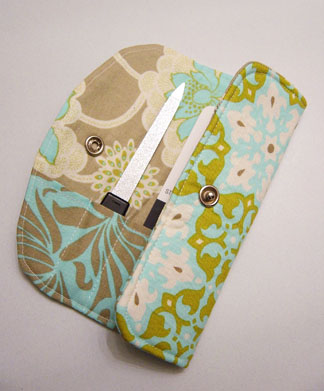


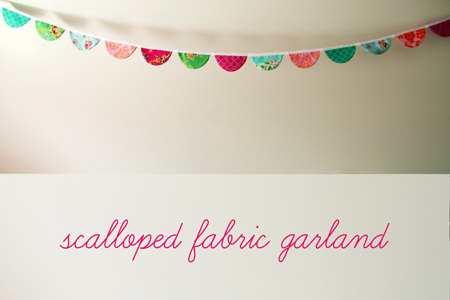
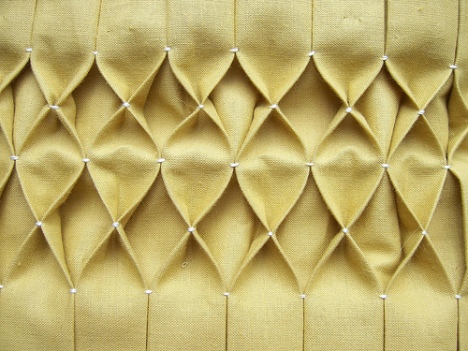




 Highlight the Select tool in Paint (see image to the left).
Highlight the Select tool in Paint (see image to the left). 






